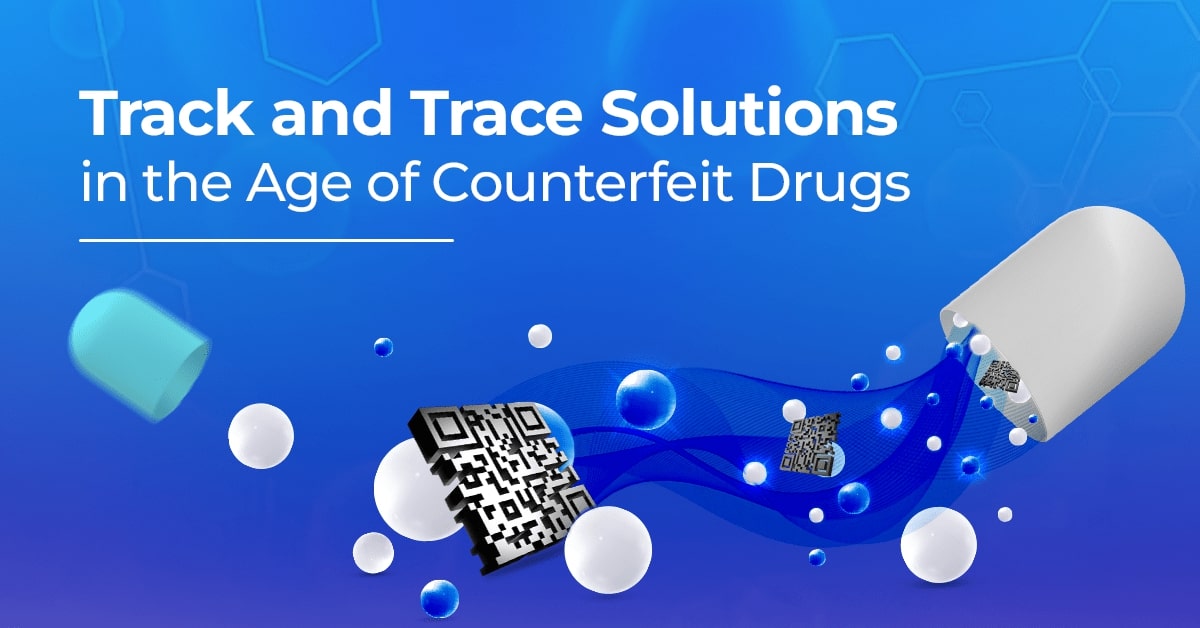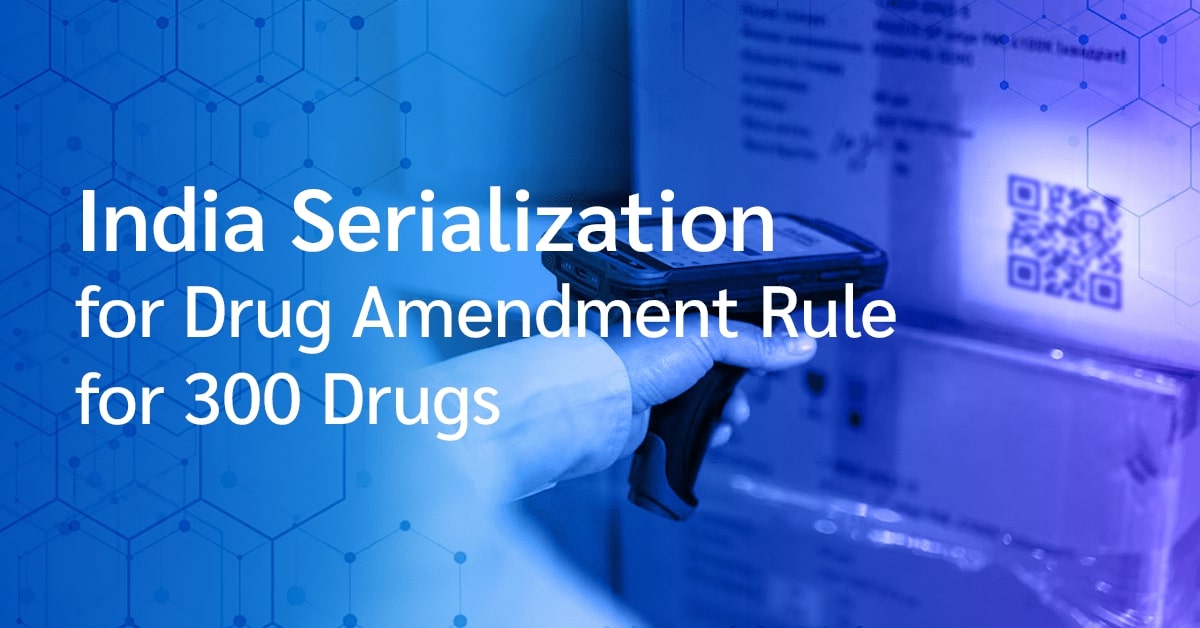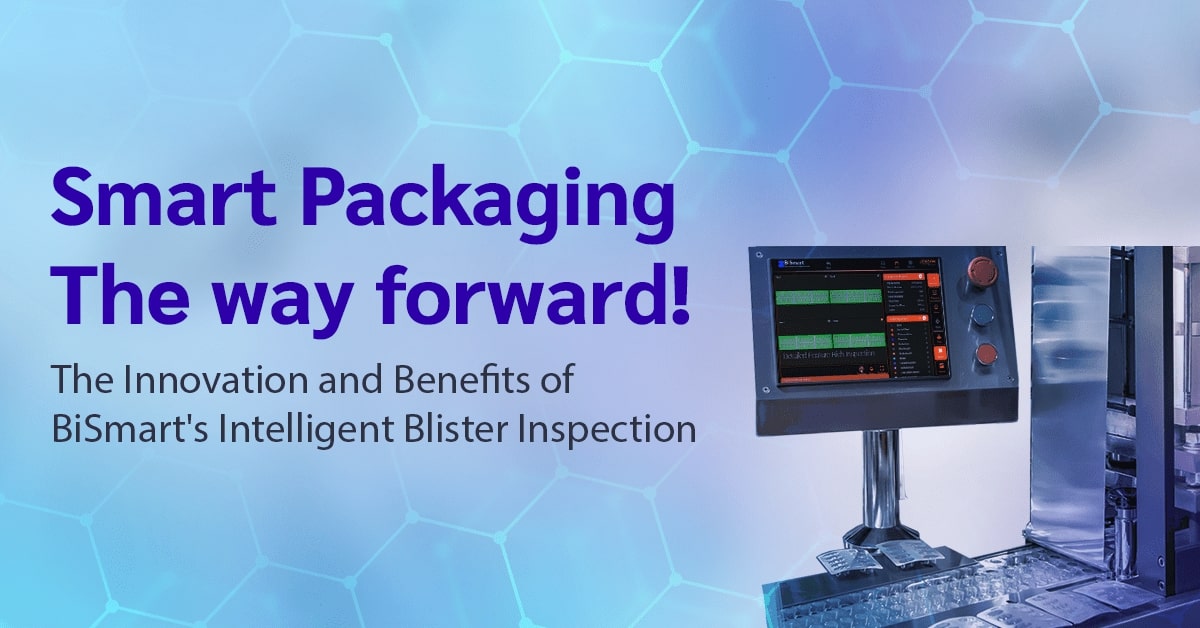In the highly regulated pharmaceutical industry, product safety and quality are not just priorities—they are non-negotiable imperatives.
One critical aspect of ensuring this quality is visual inspection, particularly for injectable products, vials, ampoules, and blister packs.
At the heart of this process are Pharmaceutical Visual Inspection Machines—automated systems designed to detect defects and contaminants with exceptional speed and precision.
What Are Pharmaceutical Visual Inspection Machines?
Pharmaceutical Visual Inspection Machines ensure the safety and quality of injectable drugs like vials, ampoules, and syringes by detecting defects before they reach patients.
Using high-resolution imaging and advanced algorithms, these systems identify physical and cosmetic flaws directly on the production line.
What Do These Machines Detect?
These systems are engineered to identify a wide range of defects and contaminants, including:
- Foreign Particles: Dust, glass, hair, Fiber, or other extraneous material inside the container or on the product surface.
- Container Defects: Scratches, cracks, chips, or sealing issues in vials, ampoules, and syringes.
- Filling Defects: Under-fill, over-fill, bubbles, or improper layering of solutions in dual-phase products.
- Labelling Errors: Misaligned, missing, or incorrect labels that can lead to serious medication errors.
How Do They Work?
The operation of these machines can be broken down into several key components:
- Product Handling System
This component ensures that each product is properly positioned and stabilized for inspection.
It rotates or orients the containers to allow full 360-degree imaging.
- Illumination System
Proper lighting is critical.
These machines use techniques like backlighting, side lighting, and stroboscopic illumination to enhance the visibility of tiny particles or defects.
Lighting is carefully calibrated to highlight different types of flaws.
- High-Speed Cameras
Multiple high-resolution cameras capture images from different angles.
Some machines even use 3D imaging or infrared to enhance detection capabilities.
- Image Processing Algorithms
Once the images are captured, powerful software analyses them in real time using artificial intelligence (AI) and machine learning algorithms.
These tools are trained to recognize normal product features and identify abnormalities with incredible accuracy.
- Sorting & Rejection Mechanism
When a defect or contaminant is detected, the system automatically removes the faulty product from the production line—ensuring only compliant products move forward.
Benefits of Automated Visual Inspection
- Enhanced Accuracy: Eliminates human error, detecting even the smallest defects that might be missed manually.
- Increased Speed: Inspects thousands of products per minute, ensuring faster processing and real-time defect detection.
- Cost Efficiency: Reduces labour costs, minimizes waste, and lowers the need for rework or recalls.
- Consistent Quality: Provides standardized and reliable inspections, ensuring every product meets the same high-quality standards.
- Regulatory Compliance: Supports adherence to global standards (FDA, EMA) with automated documentation and traceability.
- Reduced Contamination Risks: Identifies foreign particles and defects without exposing products to human contact, ensuring safer products.
- Scalability: Easily adapts to different products and scales with production needs.
- Data-Driven Decisions: Offers real-time analytics for informed decision-making and process improvements.
- Improved Product Quality: Ensures defect-free products, boosting customer trust and brand integrity.
- Sustainability: Reduces waste and promotes energy-efficient manufacturing.
Inspection Solutions by Jekson Vision
1. Vial Inspection (Clarity)
- Checks cap, crimp, stopper, and fill level.
- AI-driven, up to 300 vials/min.
2. Bottle Inspection (Bottle 360)
- 360° inspection with 7 cameras.
- Verifies labels, codes, and packaging.
3. Tablet Inspection (TIS)
- Inspects tablets, capsules, and soft gels.
- Detects color, size, and defects at high speed.
4. Blister Inspection
- Fast inspection (up to 800 blisters/min).
- Detects product presence, color, shape, and position.
4. CodeQuest – Smart Camera
- Reads and verifies barcodes and QR codes.
- Enhances traceability and compliance.
The Future: AI-Driven Inspection
The latest trend in this domain is the integration of AI and deep learning to improve detection capabilities, even for rare or borderline defects.
These systems can learn from inspection data and adapt to new defect types over time, enhancing their effectiveness and reducing false rejects.
End Note:
Pharmaceutical Visual Inspection Machines are vital gatekeepers in the drug manufacturing process.
By combining mechanical precision, optical sophistication, and intelligent algorithms, they ensure that only the safest, highest-quality products reach patients.
As technology continues to evolve, these machines are set to become even more powerful, predictive, and integral to pharmaceutical quality assurance.
If you’re aiming to enhance your pharmaceutical operations with intelligent visual inspection solutions that deliver unmatched precision and efficiency, Jekson Vision is ready to support your journey toward smarter, safer manufacturing.
Contact us today at marketing@jeksonvision.com or WhatsApp us at +91 6352 529 570 for any further queries or assistance.







